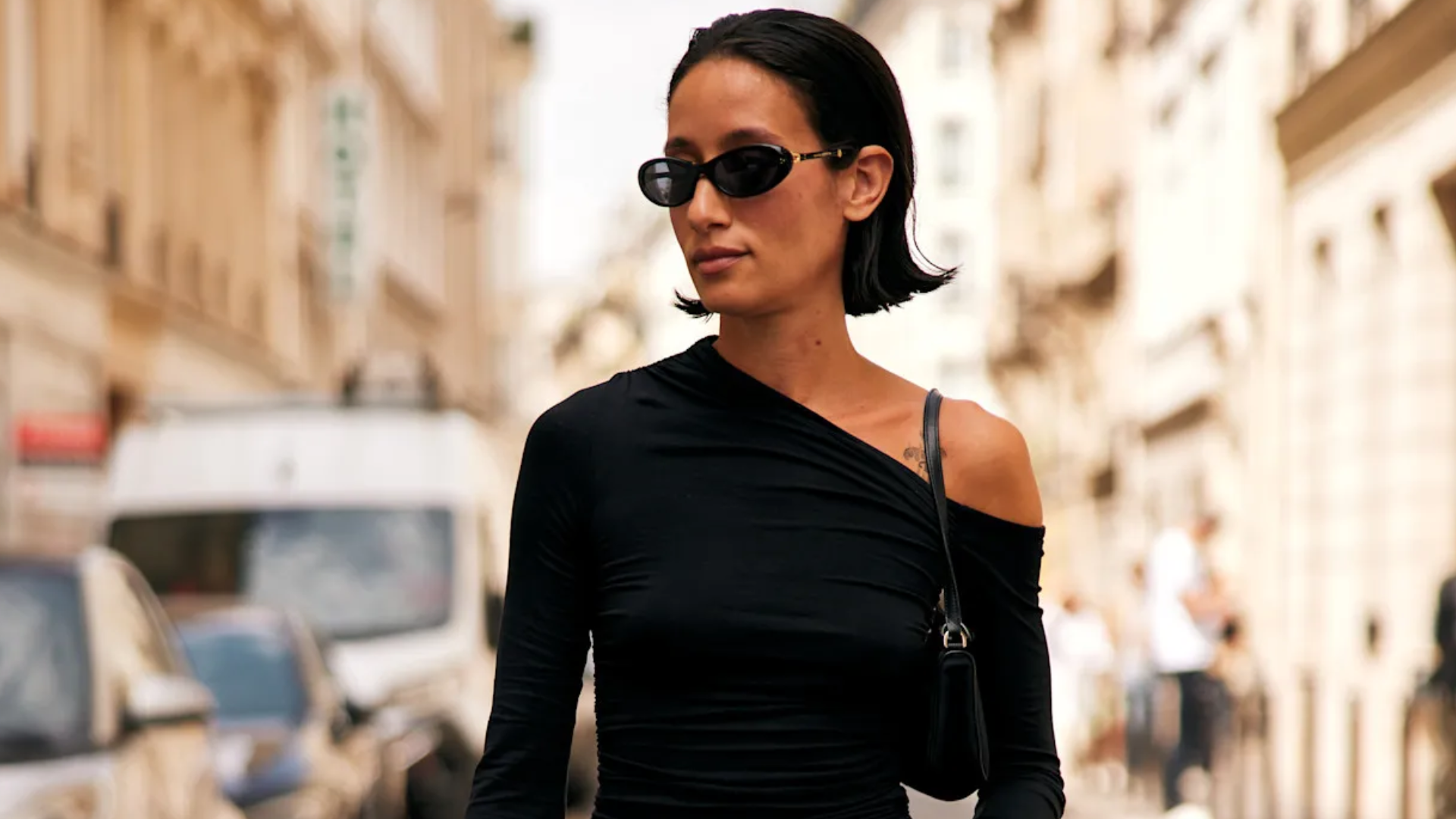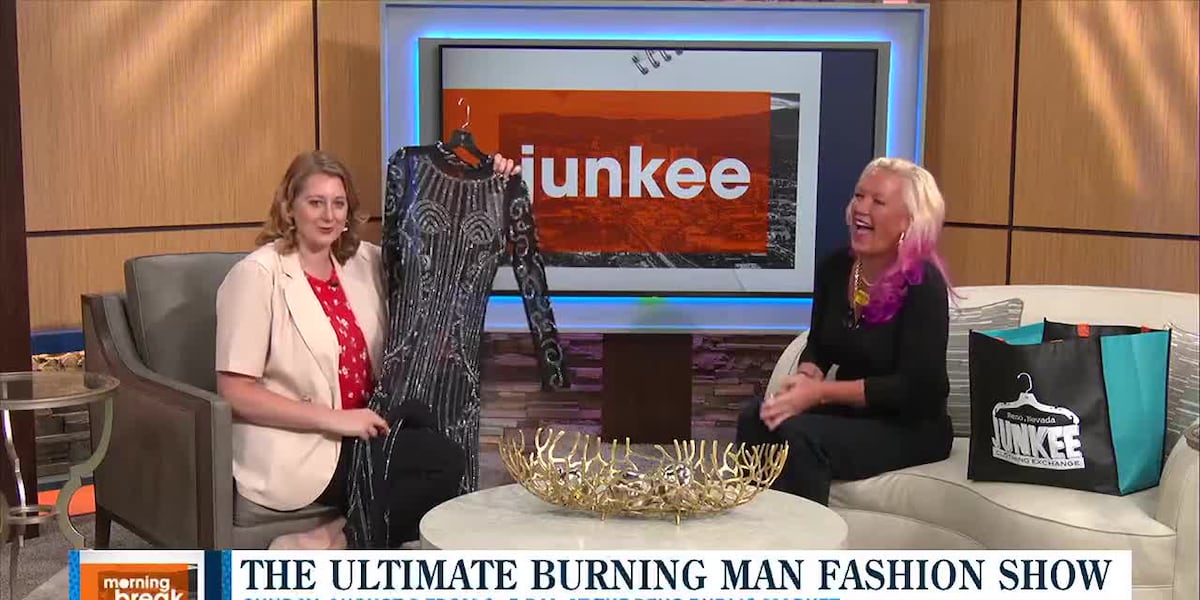Claire McCardell’s name is often forgotten, but her legacy is evident in the landscape of modern American fashion. Pockets, ballet flats, wrap dresses, mix-and-match separates, easy-to-reach zippers—all McCardellisms. In her newest book available now, Claire McCardell: The Designer Who Set Women Free, author Elizabeth Evitts Dickinson tells the story of the woman whose work toes the line between designer and inventor. Her clothes may not look rebellious now, but they certainly did a century ago.
Born in 1905 and raised in a small town in Maryland, McCardell grew up in an era in which women could be arrested for wearing pants in public society. Women’s fashion was about ornamentation, not utility. She designed to satisfy her own needs in a market led by men who failed to do so, creating what we know as American sportswear in the process. McCardell’s clothes were practical, unfussy, but they never sacrificed on style. Even in adding hook-and-eye closures—previously relegated to lingerie—to clothes to add forgiveness in fit, “she made a very necessary detail into a simple and elegant design element,” says Dickinson. McCardell’s creations were favored by housewives and celebrities alike. She wooed everyone from Joan Crawford to Georgia O’Keeffe with her clothes.
The book charts the birth of an American fashion industry in the 30s, 40s, and 50s courtesy of McCardell and her contemporaries who, for the first time, could rival Paris couture. And nowhere is her commitment to women’s liberation more evident than in contrast to Christian Dior’s post-war “New Look.” The elegant ensemble, complete with a padded bust and hip, brought the corset back into fashion in 1947. But while the corset was coming back in Paris, McCardell was creating mass-produced ready-to-wear in New York’s garment district that freed women from encumbrance. Almost a century later, Dickinson posits that “we owe much of what hangs in our closets to Claire McCardell.” Ahead, Dickinson speaks to McCardell’s spawning of a fashion revolution, her inventor’s mind, and how it all fits into the context of the industry today.
Obviously the word sportswear is so synonymous with American fashion, it’s still thrown around all the time, but how would you define it? How would you help someone who didn’t understand that word contextualize it today?
Honestly, it’s a word that I had to contextualize for myself when I was researching this book. Really, the birth of sportswear was the birth of women participating in life in a full throttled way. If you look back in the late 1800s, there are these hilariously sad photos of women climbing mountains in full corseted dresses with high-heeled boots and bustles. There were no clothes that were designed for women to participate in active events like swimming or tennis or horse riding. Sportswear really became the catchall term for any outfit that was easy to wear, most often ready-to-wear. It really meant the dress you’re wearing to the office, the outfit you’re going to wear to watch a football game, the clothes you were going to wear for your everyday life. McCardell expanded upon that idea. She made things that we think of as sportswear, like bathing suits and what were called playsuits, but pretty much everything we think of as American fashion was considered sportswear.
How would you contrast her version of sportswear with the Ralph Lauren version of sportswear a few decades later?
Ralph Lauren, Calvin Klein, and Halston, all of them credited Claire McCardell. I quote Calvin Klein in my book saying she really was the inventor of American fashion. And what’s so interesting to me is that we tend to think about that second generation of male designers as the progenitors of it, when really it was this early generation of women who were dressing themselves for the woman’s experience. What was so unique at the time was it was a woman designing for a woman like herself, getting her own name in the label, and she became the face of her brand. It’s a different when you see it coming from the second generation of men.
McCardell was working in fashion, but she always championed the importance of style, something I think the industry is still grappling with. It’s something we know, but it is not reflected in most of the production and design cycles.
One of the things that was really fascinating to me about McCardell is that she continued to bring back similar styles season after season after season. She was a genius in figuring out how to make highly structured, well-designed clothes that were also adjustable. I see her as a pioneer who married high design and mass production for the first time. She empowered women to embrace this idea that one piece can last a lifetime. You just style it differently and it’s incumbent upon her, the designer, to create clothes that are going to earn your desire to buy new ones. It wasn’t just like, ‘Oh, I’m changing the hemlines. You better upgrade.’
I think the word timeless is so overused, but there are so many things of hers I would wear today. To do that so long ago and not have it look evocative of an era is hard to achieve.
A word that doesn’t get applied to McCardell enough is inventor. It’s hard to claim an invention in fashion. Everything is so iterative. It’s not like she invented the idea of a wrap dress, but she is credited with inventing separates. She came up with that concept in the 1930s. She brought a modern form-meets-function, elegant approach to her styling, and so much of her DNA exists in clothing today. When I look at Zendaya wearing a bubble dress, I can go back and show you that exact bubble dress in 1940.
In the context of brands today, two camps have emerged: creative directors and designers. Obviously, it’s more important than ever to have a strong brand, but when you look at someone like McCardell, you see that the word designer really means something special.
I think you’re absolutely right, especially now as brands, particularly big global brands, are so driven by consumption. There’s also a marketplace reality that maybe impedes this ability to be a true inventor. I have this storyline in the book about McCardell taking great exception to the ‘New Look’ because it launched a regressive moment of women being corseted again, women back into being dressed as objects of desire. McCardell was always about the woman’s gaze, about women’s autonomy, about what they felt like in the clothes. Unfortunately, as I researched this book, I was seeing so many parallels to what’s happening today.
I was thinking the same thing, especially with this “tradwife” movement. It’s chilling to see that we have similar cycles coming around.
Honestly, it was part of why I wanted to write this book. I first encountered McCardell’s designs when I was fresh out of college in the late 1990s. I was standing there at this exhibition of her clothing wearing this ridiculous 1990s suit. It had no pockets. It was so badly designed. I’m looking at the clothes and I’m like, ‘If she was doing it in the 1930s, why am I dressed like this in the 1990s?’ How did she do it? A woman who couldn’t open her own bank account legally, when women were still being arrested for wearing pants, how did she invent so many of the clothes that we still wear today?
It’s especially poignant because of where I work, but it was very cool to see the symbiosis between a magazine editor and a designer in that era.
I mean, think about that. Harper’s Bazaar became the fertile ground for invention during the war. When we were cut off from Paris, designers like McCardell were being asked by the editors to create clothes for the moment. Out of that came one of the most enduring designs ever, the Popover dress—essentially a wrap dress you could “pop over” your clothes—which was then iterated on by Diane Von Furstenberg. But initially, it was a solution to what Diana Vreeland asked McCardell for to fill a gap in women’s lives at that moment.
The Virgil Abloh book, Make It Ours, came out recently, and I think it is fascinating to contrast it with this one. McCardell was thinking about putting patents on her work because it really felt like modern invention, even though she’s often referencing historical clothing. And then you think about Virgil’s 3% rule where he almost did the opposite—you only have to tweak something a hair to make it new. I wonder what percentage change McCardell would require to deem something original?
I think Claire always understood that she was also borrowing from the past. She studied fine arts when she attended what is now Parsons. She was a regular at museums. She was a regular at the ballet. She understood that design is a cultural story and a societal story, and she deeply embedded herself in the culture of many different decades and many generations. She had a fraught relationship with the idea of copying and stealing—what she was trained to do. But then she also watched the company that she worked for effectively go under because the monastic dress was such a runaway success that it got copied so much. I think this is something designers grapple with every generation. What is that marriage between originality, invention, and ownership?
This interview has been edited and condensed for clarity.






